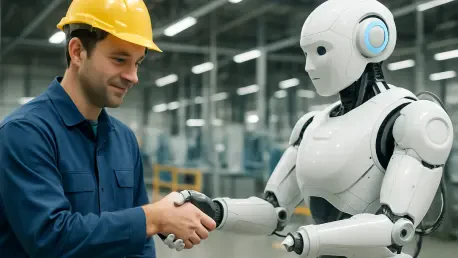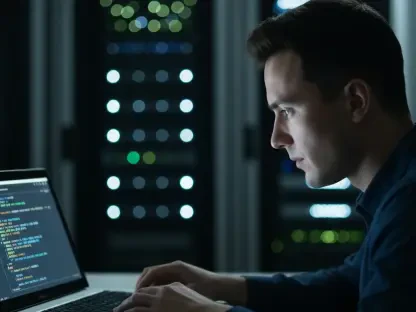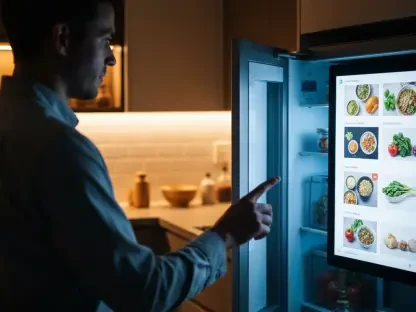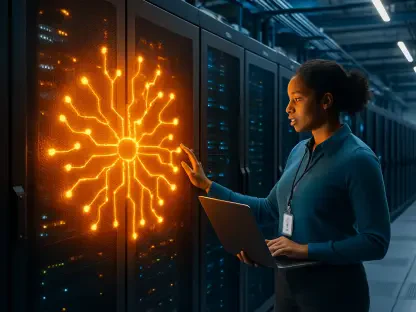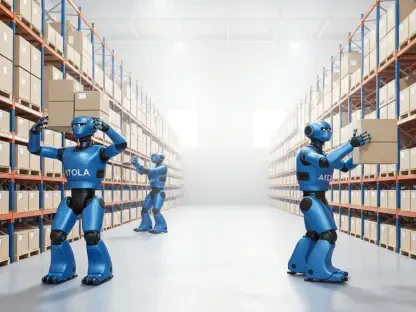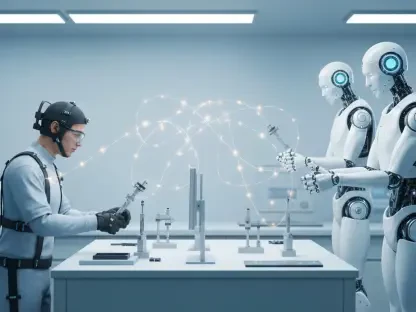Welcome to an exciting conversation with Oscar Vail, a renowned technology expert whose groundbreaking work in robotics, quantum computing, and open-source projects has positioned him at the cutting edge of innovation. Today, we’re diving into the fascinating world of human-robot interaction, exploring how robots can become safer and more adaptive partners in environments like factories and hospitals. Oscar shares insights on the challenges of unpredictable human behavior, the application of game theory in robotic decision-making, and the innovative concepts shaping the future of collaborative technology. Join us as we uncover how these advancements aim to prioritize safety while enhancing efficiency.
Can you tell us what sparked your passion for making robots safer and more effective when working alongside humans?
Honestly, it started with seeing how much potential there is in human-robot collaboration, but also how much can go wrong if we don’t get it right. I’ve always been fascinated by how technology can solve real-world problems, and in robotics, the stakes are high when humans are in the mix. Early in my career, I came across stories of accidents in industrial settings where robots didn’t anticipate human actions. That got me thinking about how we can design systems that account for unpredictability. My background in tech gave me a unique perspective on blending precision with adaptability, and I knew this was an area where I could make a difference.
What do you see as the most significant hurdles when robots and humans team up in dynamic settings like manufacturing or healthcare?
The biggest hurdle is the inherent unpredictability of humans. Robots thrive in structured environments, but people don’t always follow a script. In a factory, a worker might suddenly step into a robot’s path to grab a tool, and the robot needs to react instantly without causing harm. In healthcare, it’s even trickier—emotions and stress can lead to erratic behavior, and a robot assisting in surgery or patient care has to navigate that. The challenge varies by industry: manufacturing often deals with speed and repetition, while healthcare requires sensitivity and precision. Bridging that gap between robotic logic and human spontaneity is a constant puzzle.
I’ve heard about using game theory to improve how robots make decisions. Can you explain how this concept applies to their interactions with humans?
Absolutely. Game theory, at its core, is about strategic decision-making in situations where multiple players influence the outcome. In robotics, we treat the robot as one player and the human as another. The robot’s goal isn’t just to “win” by completing a task, but to find a balance where it achieves its objective while minimizing risks to the human. By modeling interactions as a game, we help the robot predict possible human actions and choose responses that are safe and effective. It’s like playing chess—anticipating moves and planning ahead, but with the added priority of ensuring no one gets hurt.
Your work touches on something called an ‘admissible strategy’ for robots. Can you break down what that means for someone unfamiliar with the term?
Sure, an admissible strategy is essentially a game plan for the robot that focuses on doing as much of its job as possible while keeping risks to a minimum. Think of it as a compromise— the robot isn’t trying to be perfect or always “win” at its task, but rather to make decisions that are reasonable and safe. For instance, if a human worker is acting unpredictably, the robot might slow down or adjust its path, even if it delays the task. It’s about finding a sweet spot between efficiency and caution, ensuring that safety always comes first.
The idea of ‘robot regret’ caught my attention. Can you share more about how a robot might experience or account for regret in its decision-making process?
It’s a fun concept, isn’t it? Robot regret isn’t about emotions, of course, but about evaluating the consequences of actions over time. We program robots to assess whether a decision they make now might lead to a worse outcome later—like causing a delay or a safety issue. By factoring in this idea of future regret, the robot can choose actions that are more forward-thinking. It’s not just reacting to the moment; it’s weighing the long-term impact. This often makes the robot act more cautiously, but in a smart way, prioritizing outcomes that avoid bigger problems down the line.
Why is it so critical for robots to adapt to humans rather than expecting humans to adjust to robotic systems?
That’s a key principle for me. Humans are diverse—we have different skill levels, moods, and ways of working. If we force people to adapt to robots, we’re creating a rigid, one-size-fits-all system that just won’t work for everyone. Instead, robots need to be flexible enough to handle a novice who’s unsure or an expert who moves quickly. This adaptability makes collaboration smoother and safer. It’s about meeting humans where they are, whether they’re in a high-pressure hospital or a bustling factory floor, and ensuring the robot enhances their work rather than complicates it.
How do robots actually figure out the skill level or behavior of the human they’re working with, and adjust accordingly?
That’s where advanced algorithms and sensors come into play. Robots can use data from their environment—like how quickly a person moves, their patterns, or even verbal cues—to build a rough profile of the human’s behavior. Over time, through machine learning, they refine this understanding. For example, if a human hesitates a lot, the robot might slow down and provide more visual or auditory feedback. If the human is confident and fast, the robot can match that pace. It’s a dynamic process, constantly updating based on real-time interactions to ensure the partnership feels natural.
Looking ahead, what’s your forecast for the future of human-robot collaboration in everyday life and industry?
I’m incredibly optimistic. I think we’re on the cusp of seeing robots become true partners in more aspects of our lives, from assisting in homes with aging populations to taking on dangerous tasks in industries like construction. The focus on safety and adaptability will only grow, with smarter algorithms and better sensors making robots more intuitive. We’ll likely see them in roles we haven’t even imagined yet, enhancing human capabilities rather than replacing them. The key will be ensuring trust—making sure people feel comfortable with these machines as teammates. I believe in a future where collaboration between humans and robots unlocks potential we can’t achieve alone.
